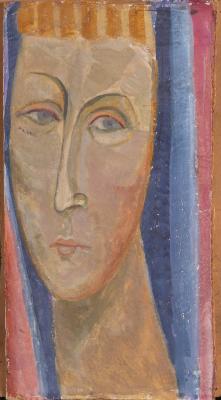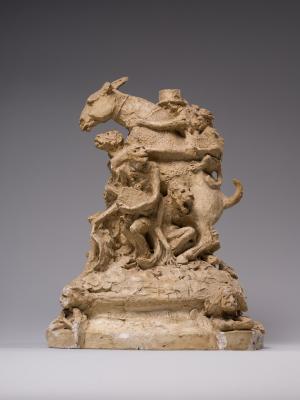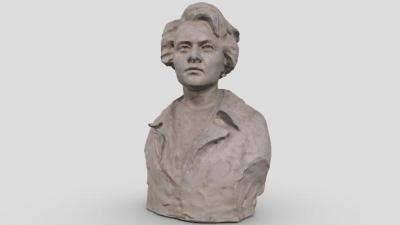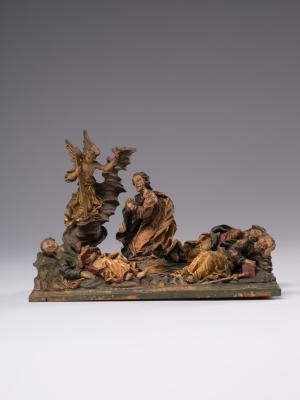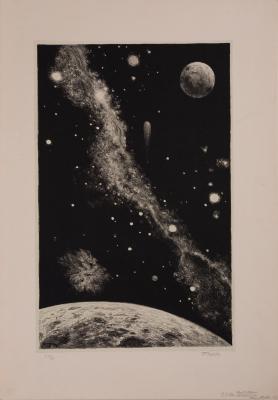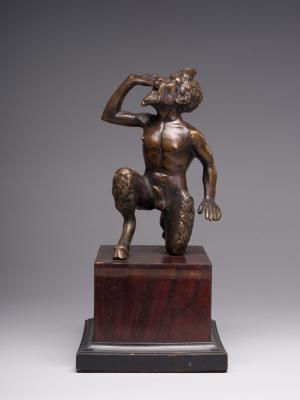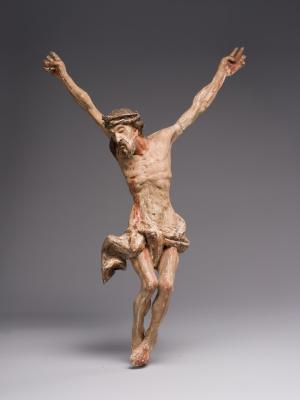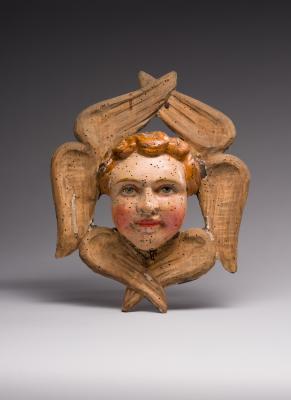The work was brought by Jan Ciaglinski from his trip to Spain in 1908. As was common in the early twentieth century, the artist sought inspiration in travelling to exotic countries. Since Jan Ciaglinski lived mainly in St. Petersburg, a city characterised by a monochromatic landscape and little light, it becomes obvious why the artist travelled to sunny climes. Ciaglinski explored many areas. He travelled across Italy and the Caucasus, visited Constantinople, Spain, Morocco, Palestine, Egypt, and Greece. But one of his most important travels was a trip to Spain in 1908. Alcazar de San Juan is a municipality in the autonomous community of Castilla-La Mancha in Spain. Castile-La Mancha is famous for Miguel de Cervantes and Don Quixote. Many of the stories described in the novel "Don Quixote" took place in that territory. Boundless fields and windmills are perceived today as symbols of real Spain. The endless wars in Castilla-La Mancha led to the construction of many fortresses and castles. Ancient architecture and picturesque vineyards combined with the windmills of Don Quixote are the hallmarks of this region. Castilla-La Mancha is also known for its spectacular holidays that combined Christian traditions and elements of folklore. Bright carnivals are held in several cities. The most popular of the holidays, which is also known as Carnavalcazar, takes place in Alcazar de San Juan.











